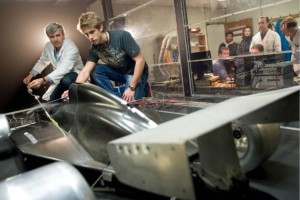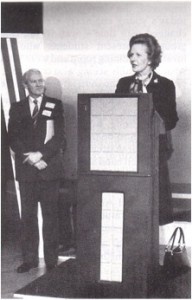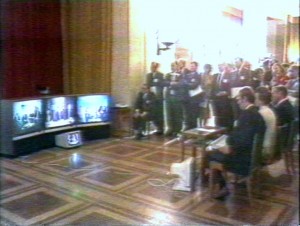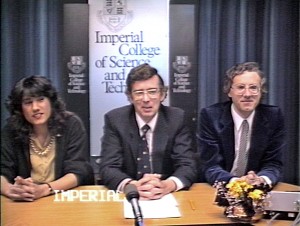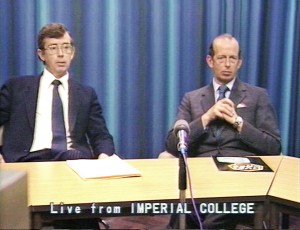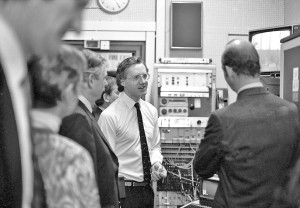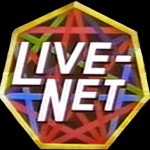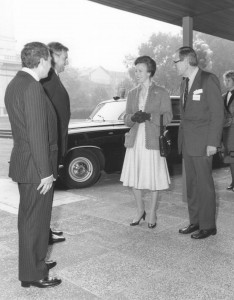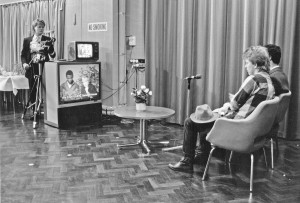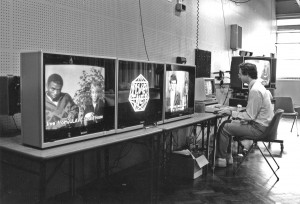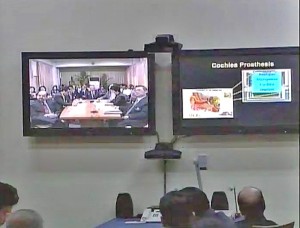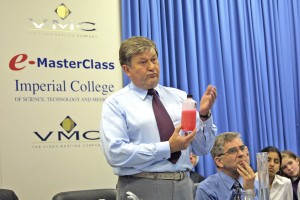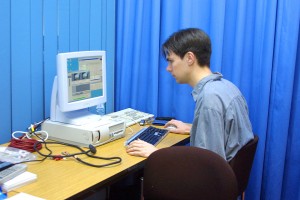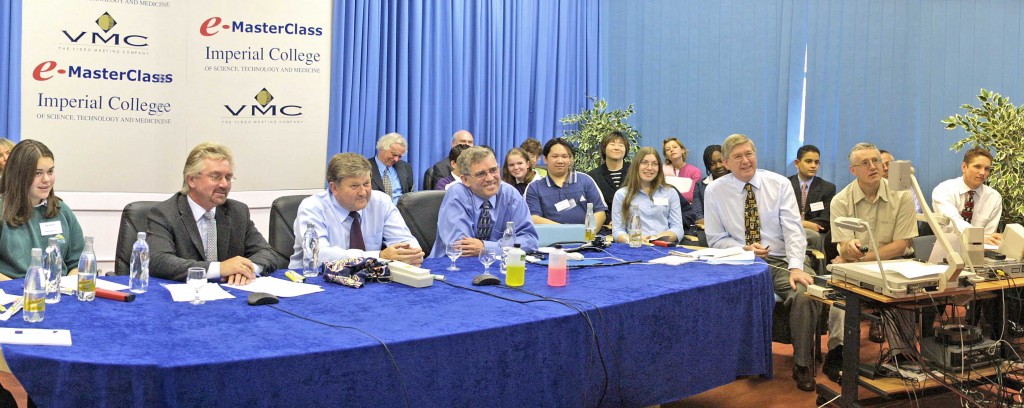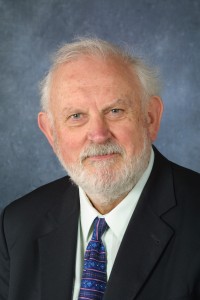 I have rediscovered a fascinating interview with Professor Bob (Robert) Spence, Professor Emeritus of Information Engineering & Senior Research Investigator in EEED. Today, Bob turned 80 and what better way to help him celebrate than bringing to your attention this interview from 1994. At the time, the TV Studio was still in operation and I was making a monthly video for a computer company called Lantec. A former TV Studio colleague of mine, Steve Bell, who worked for Lantec, asked me if we would make these videos for distribution to their company clients. The result was a programme we called Video Interface. This video is from Edition 13, from December 1994 and Steve is talking to Bob about his research work. I take no credit for the remaining text below, as it comes from Bob’s own personal web page at Imperial. I have added however a few links to videos I made with Bob on some of the subjects mentioned.
I have rediscovered a fascinating interview with Professor Bob (Robert) Spence, Professor Emeritus of Information Engineering & Senior Research Investigator in EEED. Today, Bob turned 80 and what better way to help him celebrate than bringing to your attention this interview from 1994. At the time, the TV Studio was still in operation and I was making a monthly video for a computer company called Lantec. A former TV Studio colleague of mine, Steve Bell, who worked for Lantec, asked me if we would make these videos for distribution to their company clients. The result was a programme we called Video Interface. This video is from Edition 13, from December 1994 and Steve is talking to Bob about his research work. I take no credit for the remaining text below, as it comes from Bob’s own personal web page at Imperial. I have added however a few links to videos I made with Bob on some of the subjects mentioned.
Bob’s research has ranged from engineering design to human-computer interaction and often with the manner in which the latter can enhance the former. Notable contributions, usually in collaboration with colleagues, include the powerful generalized form of Tellegen’s Theorem; algorithms for improving the manufacturing yield of mass-produced circuits; and, in the field of Human-computer Interaction, the invention of the first focus+context technique, the Bifocal Display (aka Fisheye lens). The novel Attribute and Influence Explorers provide examples of novel information visualization tools that have wide application, including engineering design. Interactive computer graphics allows the electronic circuit designer to sketch the familiar circuit diagram on a computer display. This potential was pioneered by Bob and his colleagues in the late 1960s and eventually, in 1985, led to the commercially available MINNIE system developed and marketed by a company of which Bob was chairman and a founding director. More recently, Bob’s research has focused on the topic of Rapid Serial Visual Presentation in which a collection of images is presented sequentially and rapidly to a user who may be searching for a particular image. This activity is similar to the riffling of a book’s pages.
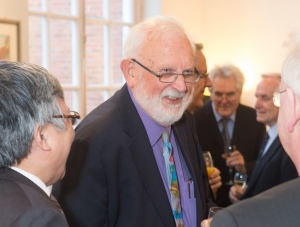 And yet more news about Bob in April 2014 is that he has now achieved 51 years of service at Imperial College. See this article and scroll down to read about it. In the article Bob says “I’ve always said that if something is fun, it’s worth doing – and I’ve certainly had a lot of fun over the past 51 years. Imperial has always had a fantastic community, and it boasts some exceptional students. They are the reason I continued to teach after my retirement – I never tire of working with them….”
And yet more news about Bob in April 2014 is that he has now achieved 51 years of service at Imperial College. See this article and scroll down to read about it. In the article Bob says “I’ve always said that if something is fun, it’s worth doing – and I’ve certainly had a lot of fun over the past 51 years. Imperial has always had a fantastic community, and it boasts some exceptional students. They are the reason I continued to teach after my retirement – I never tire of working with them….”
Professor Robert Spence, passed away on Friday 20th September 2024, at the age of 91.
Colin Grimshaw April 2014
